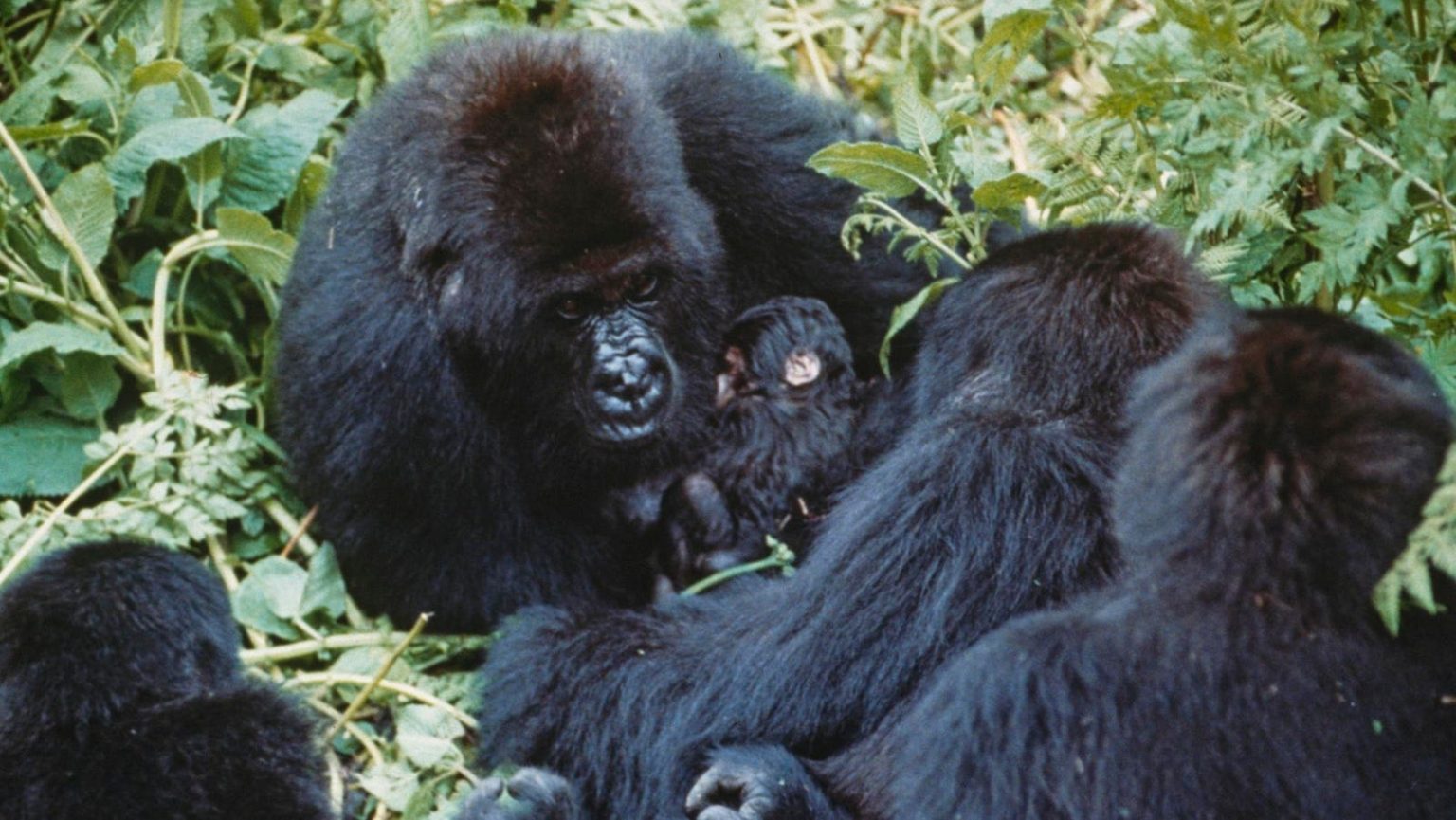A novel concept in financial inclusion is emerging, focusing on extending financial services not to underserved human populations, but to animals. A pilot program in Rwanda is exploring this “interspecies money” concept with a group of mountain gorillas. The system doesn’t involve cryptocurrency, but rather utilizes a network of sensors and AI to assess the gorillas’ needs, such as removing poacher’s snares. The platform then engages nearby humans to perform the necessary tasks and issues payment upon completion. This establishes a person-to-animal-to-person (P2A2P) transaction flow, placing the gorilla at the center of the exchange, effectively controlling resource allocation for their benefit. While cryptocurrency might seem a whimsical choice for gorillas, the limitations of mobile connectivity in their habitat suggest a central bank digital currency (CBDC) as a more practical alternative.
The potential evolution of this system in a decentralized future raises intriguing possibilities and challenges. While fully decentralized systems, where individuals manage their own financial keys, might be impractical for humans and even more so for gorillas, the concept of a custodial wallet holds promise. This raises the question of transaction authentication. Could gorillas use PINs, perhaps with symbols instead of numbers? Or could facial recognition, already utilized by humans for payments, be adapted for gorillas? The technology for primate facial recognition is surprisingly advanced, with existing systems demonstrating high accuracy in identifying individual primates across various species. Building a “GorillaID” system with near-perfect facial detection and recognition appears within reach, given the rapid advancements in AI.
Beyond gorillas, animal face recognition has broader applications. “Pig face recognition” is already a significant industry, particularly in China, where farmers leverage the technology to optimize feeding, identify sick animals, and even pinpoint “bully pigs” consuming more than their share of resources. Precision Livestock Farming (PLF) is also benefiting from deep learning advancements, exemplified by research on an Israeli dairy farm achieving impressive accuracy in cow face detection and identification using Convolutional Neural Networks (CNNs) and Transformers. Moreover, face recognition is not the sole biometric identifier; other options, such as nose prints in dogs, are being explored with promising results. While concerns about teaching financial literacy to gorillas might arise, AI could potentially manage complex financial decisions, alleviating this concern.
The concept of animal payments highlights a broader discussion within the digital identity community: the digital identity of animals. Animal identification, utilizing biometric data like facial features, is a well-established field with expanding applications thanks to advancements in sensors, biometrics, and AI. These technologies are not limited to gorillas; even identifying dingos through facial recognition is being explored. The growing range of applications for animal biometrics presents significant commercial and fintech opportunities, as associating a digital identity with individual animals holds considerable economic value. This raises the possibility of innovative applications, from tracking animal appearances in documentaries for royalty distribution via blockchain to more whimsical concepts like virtual feces-flinging apps.
The larger implication of these developments is the expansion of digital identity beyond humans and corporations to encompass everything, including animals and even their AI assistants. This requires envisioning comprehensive identity infrastructures capable of supporting diverse users and use cases. While individual implementations will vary, interoperability within a common framework is crucial. This inclusive approach to digital identity acknowledges the interconnectedness of all entities in a digitally driven world.
Ultimately, the exploration of animal-centric financial services prompts a reevaluation of our understanding of financial inclusion. It compels us to consider the potential benefits of extending economic agency to non-human entities, particularly in contexts where their well-being and survival are intertwined with human activity. While the concept of “interspecies money” might initially seem unconventional, it opens up exciting possibilities for leveraging technology to improve animal welfare, conservation efforts, and our understanding of the interconnectedness of life on Earth.

